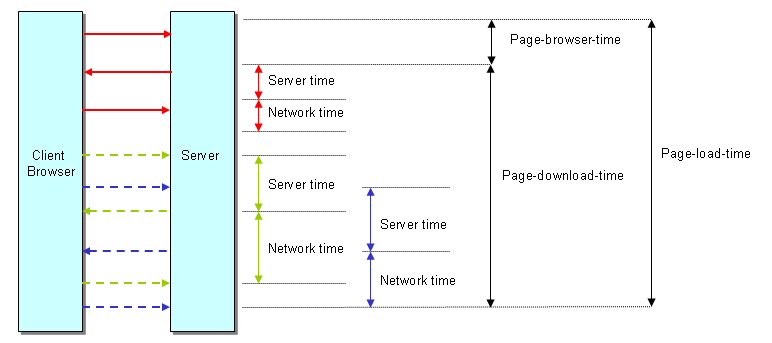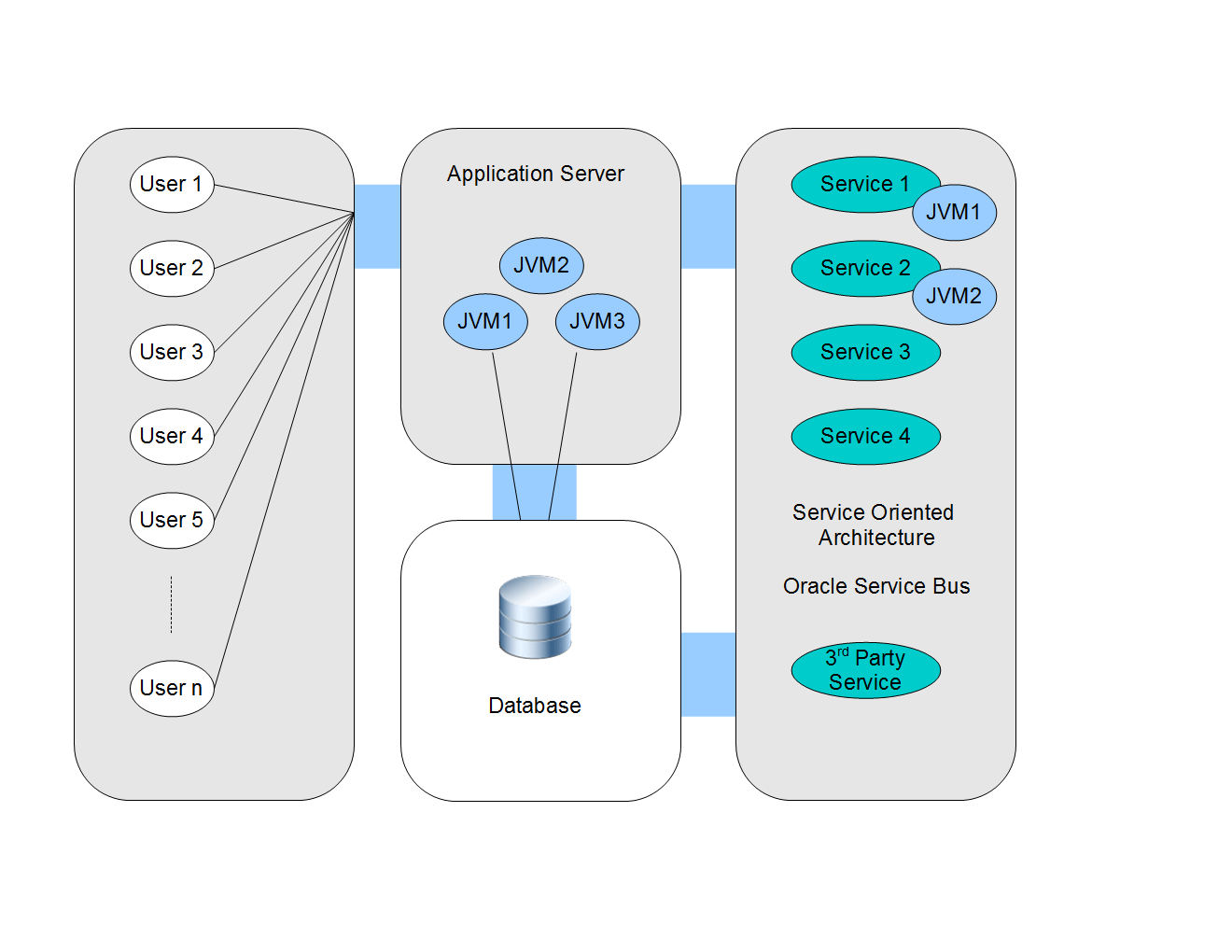18.1 Introduction to Troubleshooting Middleware Applications
This chapter provides an introduction to some of the features of Enterprise Manager that you may not be aware of and documents some techniques that experienced people in Oracle Support have learnt and would like to pass on to you, our customers.
To summarize the methodology used in this guide:
-
Prepare your environment by understanding and preparing your systems to be monitored, as describe in Preparing the Environment to Troubleshoot Applications and Configure the Environment to Help Troubleshoot Applications.
-
After you have isolated the issue to a single middleware tier, use Enterprise Manager to further isolate and resolve the issue .
-
If necessary, resolve any issues as described in Resolving Issues Using Enterprise Manager.
Note:
Troubleshooting requires that you have an issue that needs to be resolved, this might require that you artificially load the system to produce monitoring results in Enterprise Manager. This is especially true for Java loads, however, the techniques required for producing these loads is outside of the scope of this guide.
For example, the environment might consist of a web application, which is using information from various servers.
A typical issue might be expressed by a user encountering a difficulty with a specific aspect of the web application. Occasionally, it is obvious which middleware tier is responsible and how to resolve the issue. However, with the complexity of modern applications, and the specialization of personnel, it is more productive to analyze the system using monitoring software that allows you to discover the root cause of an issue and to put the correct fix in place. For example, monitoring a production environment might reveal an issue that is unique to that environment and that could not be revealed by analysis of individual middleware tiers or that could not be reproduced in a test environment.
The diagram is a simple view of a system and does not include Oracle Coherence. Coherence as well as Managed Coherence (Coherence running in a WebLogic domain) includes a new feature, Coherence Heat Map, which together with Coherence Log Viewer/Search can help isolate middleware issues.
Also, note that a performance issue can be related to items outside of the control of Enterprise Manager, therefore it is important to understand the timing involved in delivering your application before attempting to resolve performance issues.
Figure 18-2 Typical Timing for a Web Application

Description of "Figure 18-2 Typical Timing for a Web Application"
